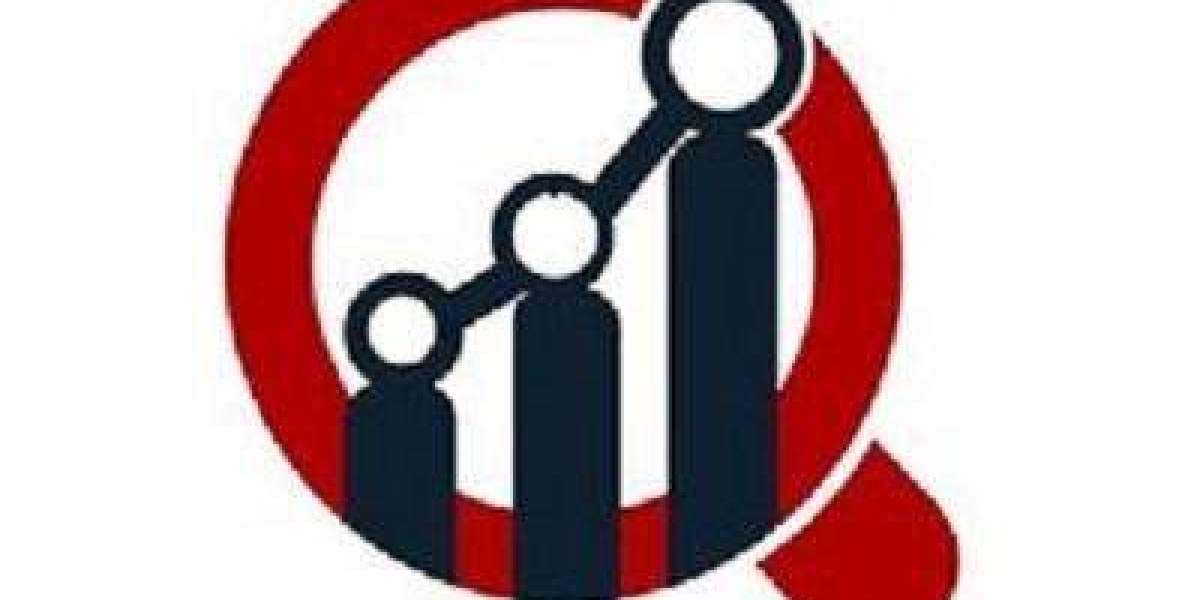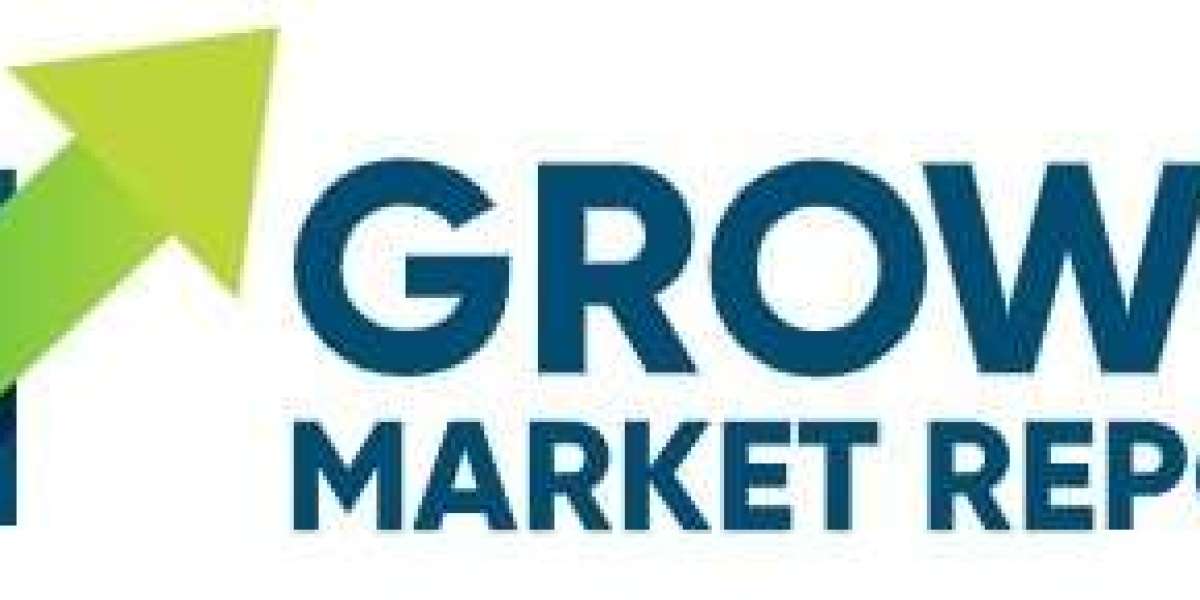Auto Sales in Europe
Auto Sales in Europe denotes the volume and value of new vehicle registrations across European countries. Sales are influenced by incentives, consumer confidence, fuel prices, and regulatory mandates. A shift toward electric and hybrid models is reshaping sales composition. Market dynamics show that even in flat or declining markets, growth may come from premium or electrified vehicle segments.
The Big Picture: A Flat Market
Despite a few months of positive growth, the year-to-date figures for new passenger car registrations across the EU, EFTA, and UK show a market that is struggling to gain momentum. The total number of vehicles sold is roughly on par with 2024, but remains well below the pre-pandemic levels of 2019. This indicates that while supply chain issues have eased, high vehicle prices and economic uncertainty are weighing on consumer demand.
The Powertrain Battle: The Winners
The real story of 2025 is the composition of sales.
Hybrid-Electric (HEV): This is the undisputed winner. HEVs have become the powertrain of choice for the mainstream consumer, capturing the largest market share at over 34%. They offer improved fuel economy and a taste of electric driving without any change in user habits, a winning formula.
Battery-Electric (BEV): The BEV segment continues its strong growth, with sales up significantly year-over-year. Its market share is consistently holding in the 15-20% range. Germany, Belgium, and the Netherlands have been key markets driving this growth.
Plug-in Hybrid (PHEV): PHEVs have had an exceptionally strong year, with sales surging. Their market share has climbed to nearly 9%, driven by new models and their appeal as a transitional technology.
The Powertrain Battle: The Losers
Petrol: Sales of pure petrol cars have declined sharply, by nearly 20% year-to-date. Their market share has fallen from around 35% to 28%.
Diesel: The collapse of the diesel market continues unabated. Sales have plummeted by over 25%, and diesel's share of the new car market is now in the single digits in many countries.
Top Selling Brands and Models The sales charts show a mix of old and new. The Volkswagen Group remains the top-selling manufacturer, with the Volkswagen brand itself leading the way. The VW T-Roc has been a consistent top-seller. However, the overall best-selling single model in Europe for most of 2025 has been the budget-friendly Dacia Sandero, highlighting the market's price sensitivity. In the electric space, while Tesla remains a major player, brands like Volkswagen, BMW, and a surging BYD are all battling for the top spots.
Frequently Asked Questions (FAQ)
Q1: Are car sales in Europe up or down in 2025? A1: Overall, new car sales in Europe in 2025 are relatively flat compared to 2024, with total registrations showing a slight decline of around 0.1% year-to-date through August.
Q2: What is the most popular type of car powertrain sold in Europe? A2: Hybrid-electric vehicles (HEVs) are the most popular powertrain, commanding the largest market share of over 34%.
Q3: How are electric car sales doing in 2025? A3: Sales of pure battery-electric cars (BEVs) are showing strong growth, with registrations up significantly compared to the previous year. BEVs now account for about 16% of the total market.
More Related Report
Automotive Braking System Market Size














